Technical blog: When is Listed Building Consent required?
— 25 Mar 2020 by Mark Raby
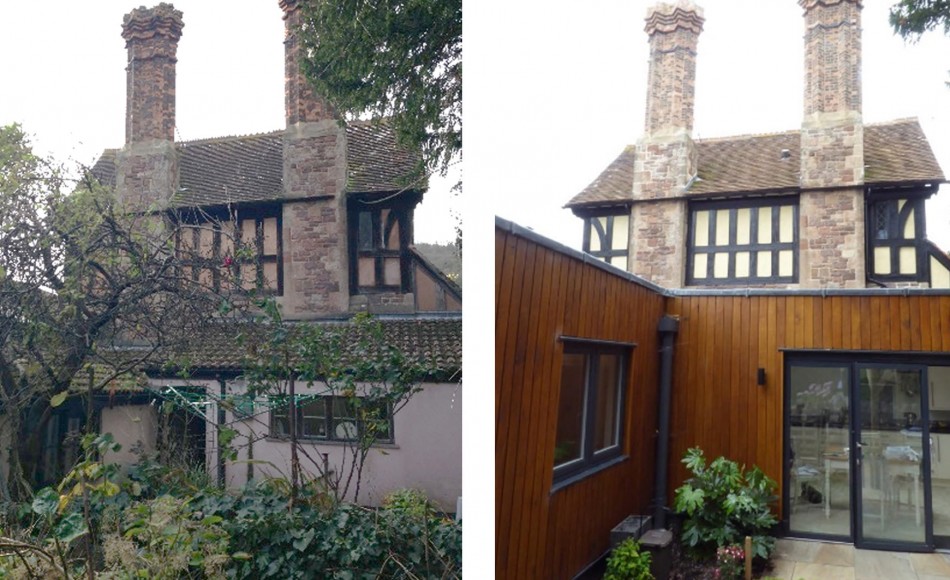
LBC to replace 1970/80s lean-to extension and repairs to Grade II listed property
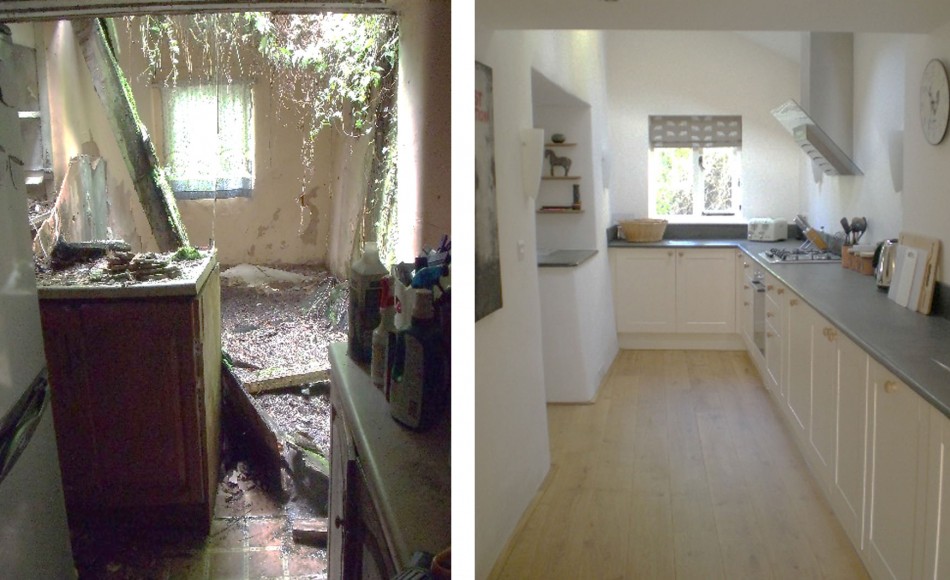
LBC for substantial repair and reinstatement of extension to Grade II listed thatched cottage
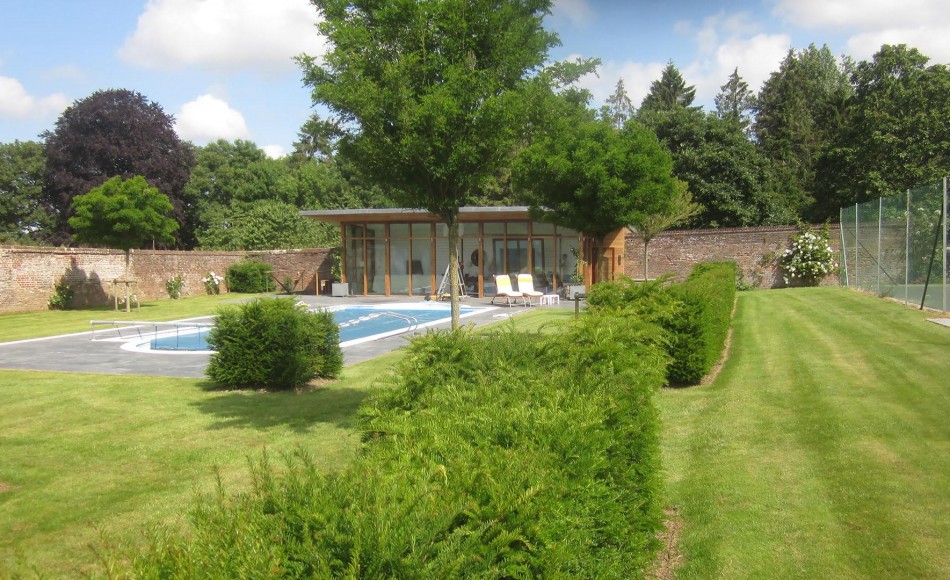
LBC for new pool house in listed walled garden
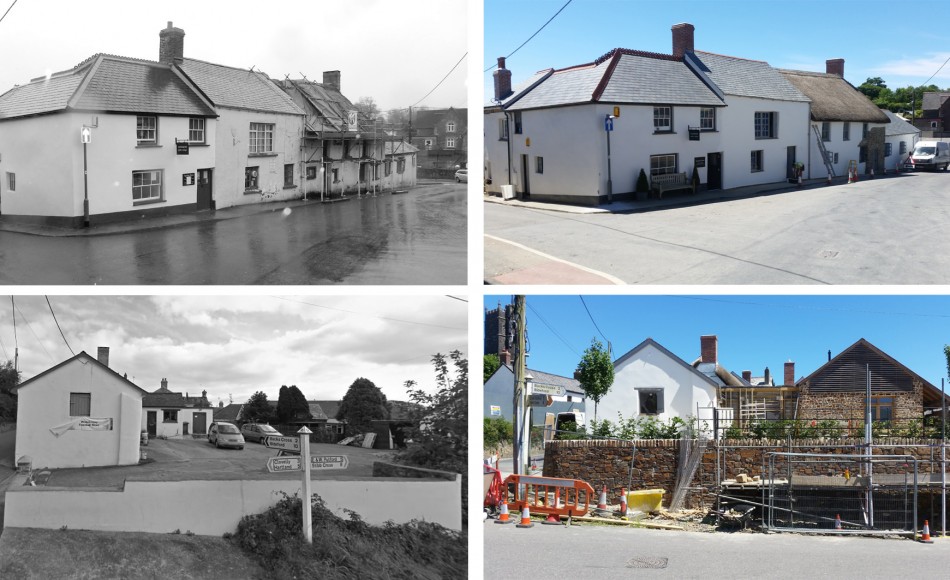
LBC for replacement extensions, extensive repairs and refurbishment to listed pub and restaurant
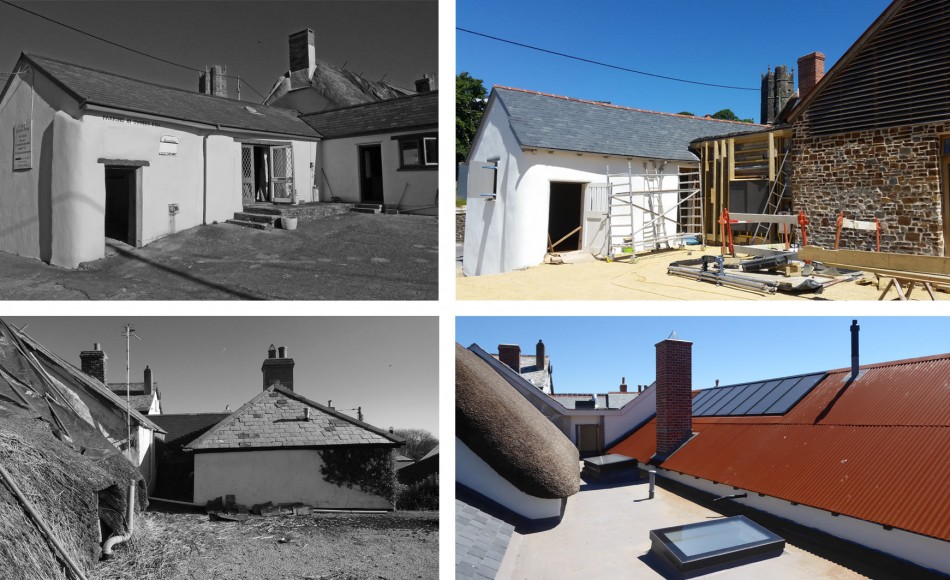
LBC for replacement extensions, extensive repairs and refurbishment to listed pub and restaurant
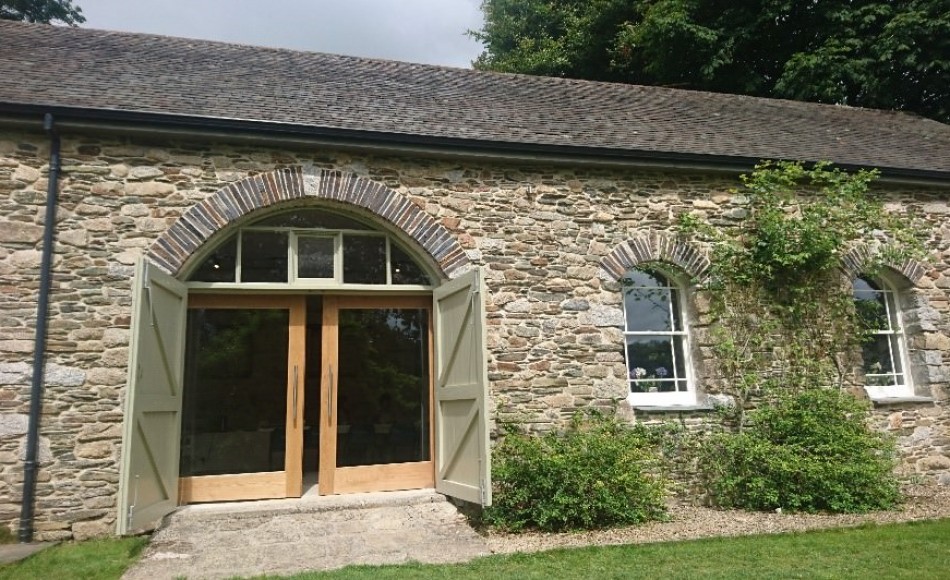
LBC for conversion of Grade II* Cornish barn into performance venue
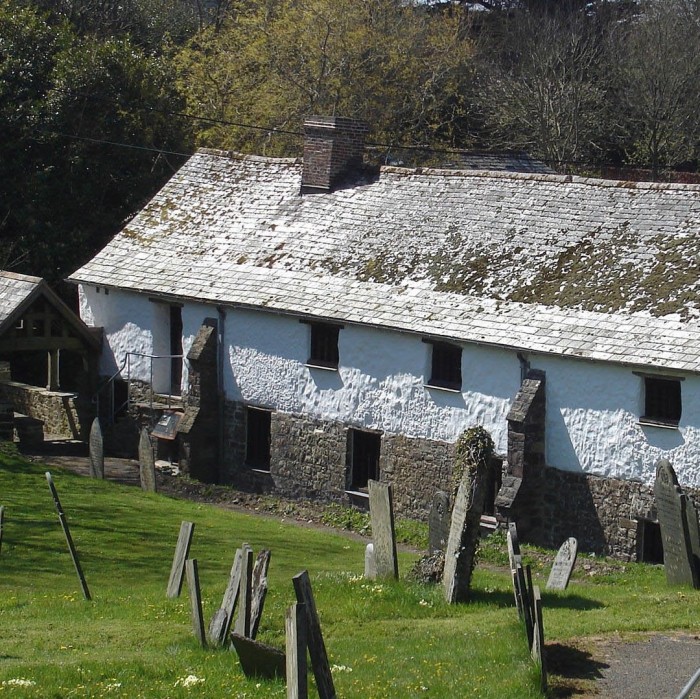
If you have purchased a building and believe it may be listed, a search of the British Listed Buildings website will confirm this. The website is easy to navigate and contains useful details of the listing such as the Grade, listing date and often the text from the original listing which can provide useful insight into the history and special interest of the property.
If a building is listed then usual ‘permitted development’ rules, which enable certain types of works to be carried out without planning permission, do not apply. In the case of listed buildings, any proposed changes must obtain Listed Building Consent (LBC) from the local planning authority.
As explained in Historic England’s Heritage Protection Guide, “Listed building consent is required for all works of demolition, alteration or extension to a listed building that affects its character as a building of special interest.”
The protection of the listing can extend beyond the building itself, because of the impact any works could potentially have on the ‘character’ of the listed building. Thus, any works which affect the building, any object that is fixed to it, or any structure attached to the building must have ‘prior consent’. Further to this, works to any other building within the listed building’s ‘curtilage’ may also need consent.
For an owner to instruct others or for themselves to alter a listed building without first getting this consent is a criminal offence.
Jonathan Rhind Architects specialise in historic buildings conservation, reuse and alteration and can provide specialist advice on all aspects of Listed Building Consents. Please see our projects page for examples of work we have carried out on listed buildings.
If you own or are considering buying a listed property or have any questions about the status of your building or its ‘curtilage’ please contact one of our Historic Buildings Architects.